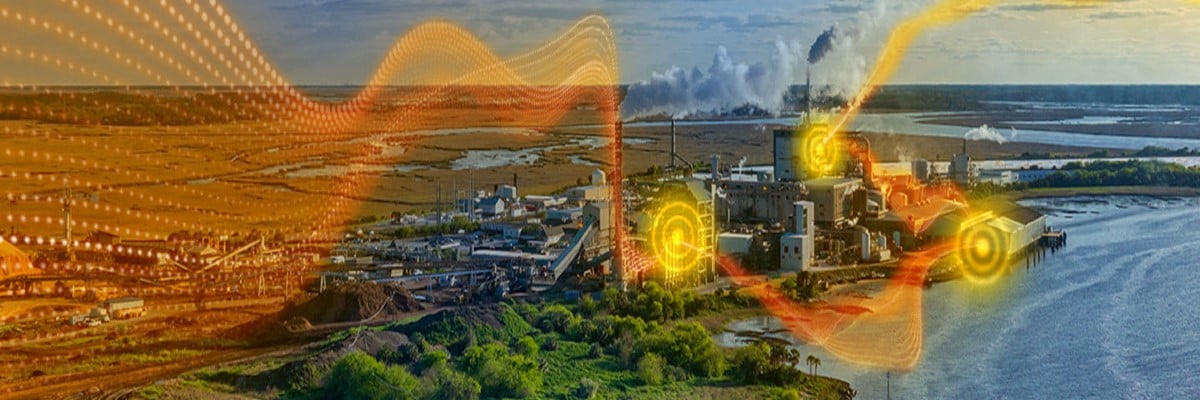
Waste heat recovery: Turning lost energy into profit
Recovering waste heat in refineries and petrochemical plants can drive major energy savings and boost profits. Learn how plate heat exchanger technology makes it possible
Every refinery and petrochemical plant generate a huge amount of heat during daily operations. A large part of this heat escapes into the air or water as waste. What if this lost energy could be recovered and turned into profit?
Waste heat recovery is one of the simplest and most effective ways for plants to cut costs, reduce emissions, and boost overall performance. By reusing what’s already available, companies can make their processes more efficient and sustainable. One proven way to do this is by using plate heat exchanger technology, which allows heat to be recovered and redirected to where it’s needed most.
Why does waste heat recovery matter?
Energy is one of the largest expenses for refinery and petrochemical operators. With growing pressure to improve margins and meet climate goals, companies are looking for smart ways to reduce their energy bills without major capital investments.
Recovering waste heat helps achieve exactly that. Instead of allowing valuable energy to be lost, it is captured and reused in other parts of the process. This reduces the need for additional fuel, cuts operating costs, and supports emission reduction targets.
How does plate heat exchanger technology work?
A plate heat exchanger is designed to transfer heat between two fluids without mixing them. It does this through a series of thin metal plates arranged to maximize surface contact. This simple yet efficient design makes it ideal for heat recovery applications in complex industrial settings.
In refineries, plate heat exchangers are commonly used in lean-rich systems to recover heat from process streams that would otherwise be wasted. Their compact size allows them to be installed easily in existing setups, helping operators upgrade their energy systems without large-scale infrastructure changes. The result is a more efficient plant with lower energy demand.
The role of gasketed plate heat exchangers
A gasketed plate heat exchanger takes this efficiency a step further. Its flexible design allows for easy maintenance and quick adjustments to process needs. Gaskets make it possible to open the unit for cleaning, inspection, or capacity changes, ensuring long-term reliability.
For refinery and petrochemical plants that run around the clock, this flexibility is a major advantage. Gasketed units can handle high pressures and temperatures, making them ideal for demanding heat recovery operations.
Boosting performance with energy efficiency services
Technology alone isn’t enough; regular care and optimization are key to getting the best results. Energy efficiency services such as cleaning, re-gasketing, and performance audits help maintain equipment efficiency and extend its lifespan.
By identifying fouling or performance drops early, plants can avoid energy loss and unplanned downtime. Upgrades and modernization services can also increase recovery rates without the need for expensive replacements. This ensures that the energy recovery system keeps working at peak efficiency year after year.
Real-world impact for refineries
Waste heat recovery projects are already delivering strong results for operators all around the globe. For major companies, energy recovery has helped lower fuel use, reduce carbon emissions, and improve profitability.
What makes this approach attractive is its quick payback period. Many energy recovery projects can deliver returns within months, making them a practical step toward more efficient and sustainable operations.
Waste heat recovery has evolved from an optional initiative to a strategic priority for businesses. By using advanced plate heat exchanger technology and keeping systems well-maintained through professional services, refineries and petrochemical plants can capture lost energy and turn it into profit.
The energy you save today isn’t just a cost reduction — it’s a competitive advantage.
About the author:
Dr. Viswanth Ramba
Dr. Viswanth Ramba is Product and Application Manager for the Process Industries at Alfa Laval, Energy Efficiency Hub (EEH), Middle East and Africa. His specialization spans thermal engineering, drilling mechanics, optimization, anomaly detection, and machine learning. His work has been published in several renowned international journals, conferences and patents and has received numerous citations for its impact in the field. He holds a PhD in mechanical engineering from the IIT Guwahati, India, and a Master’s in advanced heat transfer from Andhra University, India.
